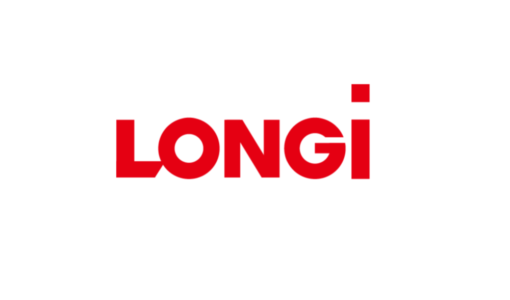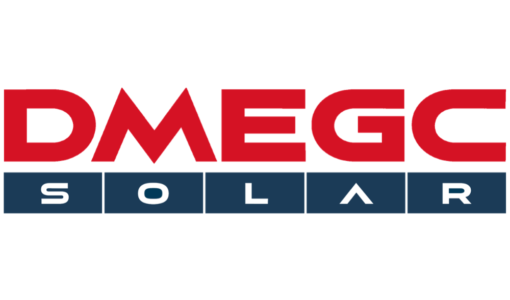- China’s Risen Energy has unveiled a pack of high power modules
- As a step forward to its ambitious plans with heterojunction, Risen launched a 440 W module built with half cells and multi busbar connection
- A super high-power module with a rated power of 500 W is based on M12 wafers, the newly introduced and solar market’s largest wafer size supplied by Zhonghuan
- Risen also showcased a multi busbar half-cell module built with M2 wafers size with a rated power of 450 W
Risen Energy has introduced a new pack of module products at its annual meeting. The Chinese solar PV cell and module producer has presented a heterojunction module with 440 W, a module built with half cells interconnected with multi busbars that is based on M12 wafer sizes with a rated power of 500 W, and a 450 W multi busbar half cell module based on M2 wafer size.
The heterojunction glass-glass monofacial module of the company with a maximum power of 440 W is based on half cell module technology. Normal half cells are not an ideal fit for heterojunction because edge losses are high when slicing a HJT cell into two pieces compared to other cell technologies. However, Risen says it has adapted a special cutting method by optimizing the cutting length, the thermally affected region and the slicing method, all of which collectively help in reducing the cutting loses to 0.1% compared 0.4% with normal laser cutting approach. This has also enabled the module to attain an efficiency of 21.6%.
Risen has ambitious plans for constructing its new 2.5 GW high efficiency HJT cell and module fab in China’s Zhejiang province scheduled for completion in 2021 (see Risen Energy Constructing 2.5 GW HJT Module Fab), of which 500 MW will be online in 2020. The company says it already has orders worth of 30 MW for its heterojunction line of products.
The super high-power module of 500 W is also a very interesting product. The panels are made using M12 large silicon wafers with 210 mm side length and a power conversion efficiency of 20.2%. The module is built with 100 half cells interconnected with multi busbar technology resulting in larger than standard module dimensions of 2,205 x 1,123 x 40 mm. The potential to reduce LCOE by 6.1% is one among several benefits of this higher power module, according to Risen.
The key contributor for this high power is the larger M12 wafers, which have a 80.5% larger surface area compared to the widely used M2 wafer sizes. The larger 210 mm wafers will be supplied from Zhonghuan Semiconductor, the world’s second largest mono ingot/wafer manufacturer after LONGi. Tianjin Huanou International Silicon Materials Co., Ltd., a subsidiary of Zhonghuan, and Risen have signed a strategic cooperation agreement on 210-mm wafer products. Using M12 wafers enables to boast modules to 600 W and can go even up to 625 W if n-type solar cell technology is used, according to the press release. Zhonghuan had announced its M12 wafer product in August (see Zhonghuan Semiconductor Launches 12-Inch Wafer).
Risen said the introduction of large-size M12 helps PV modules ‘skip the 5.0 era and directly enter the 6.0 era’. Higher conversion efficiency for these modules also comes with higher production efficiency and smarter production methods in the industrial chain. TaiyangNews discusses the concept of larger wafers for modules in its Advanced Module Technology 2019 report.
Risen also unveiled a 450 W multi busbar half cell module, which is built with 156 half cells, equivalent to 78 M2 size full cells, with 20.7% module efficiency. Again, pinning on its high power, Risen highlights that the module lowers BOS costs.
In June 2019, Risen Energy bagged a contract to supply its mono PERC modules with 370 W power rating for Italian projects and 375 W bifacial dual-glass modules for Danish solar PV projects with European Energy (see Bifacial Modules For European Energy’s Danish Projects).












